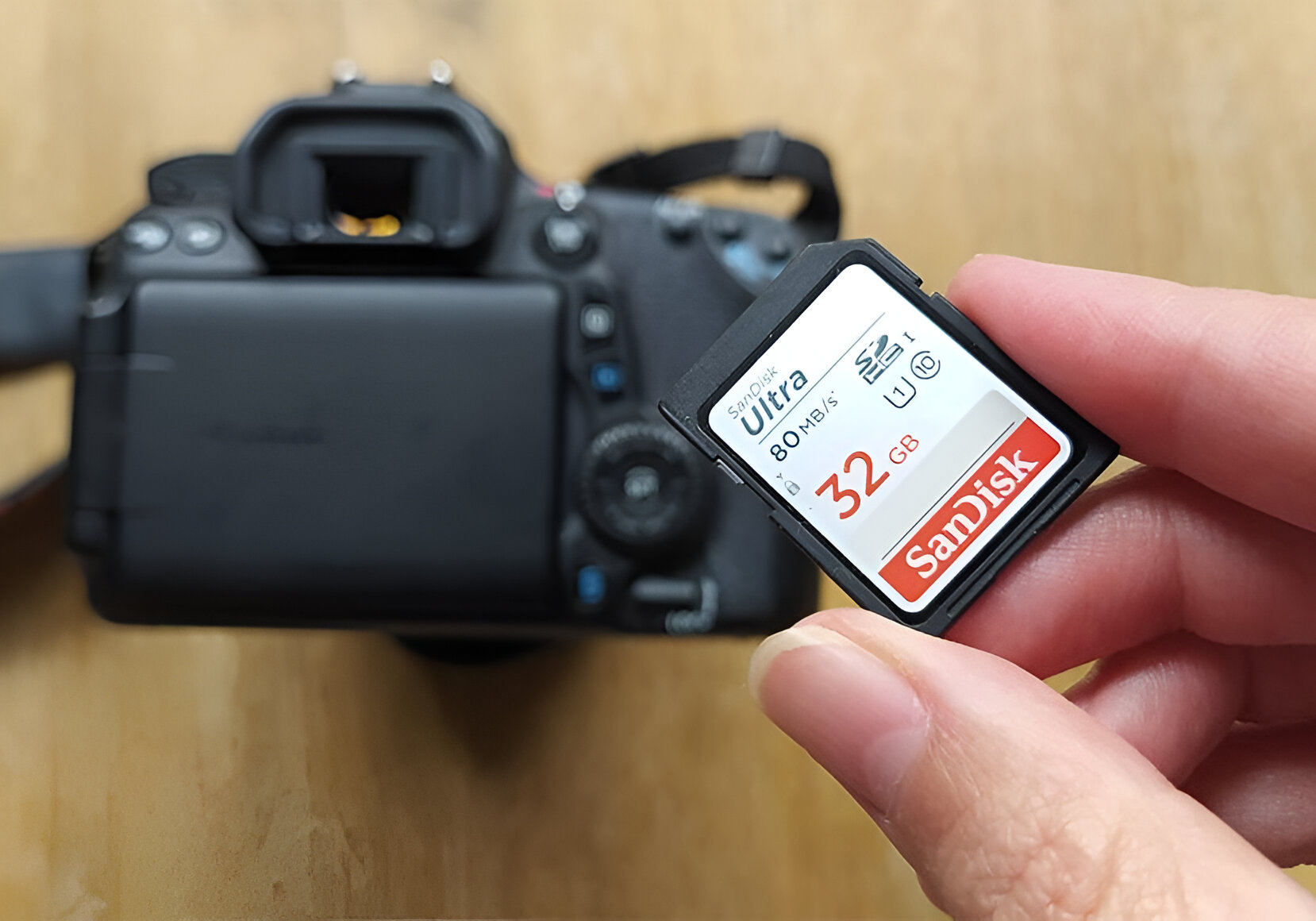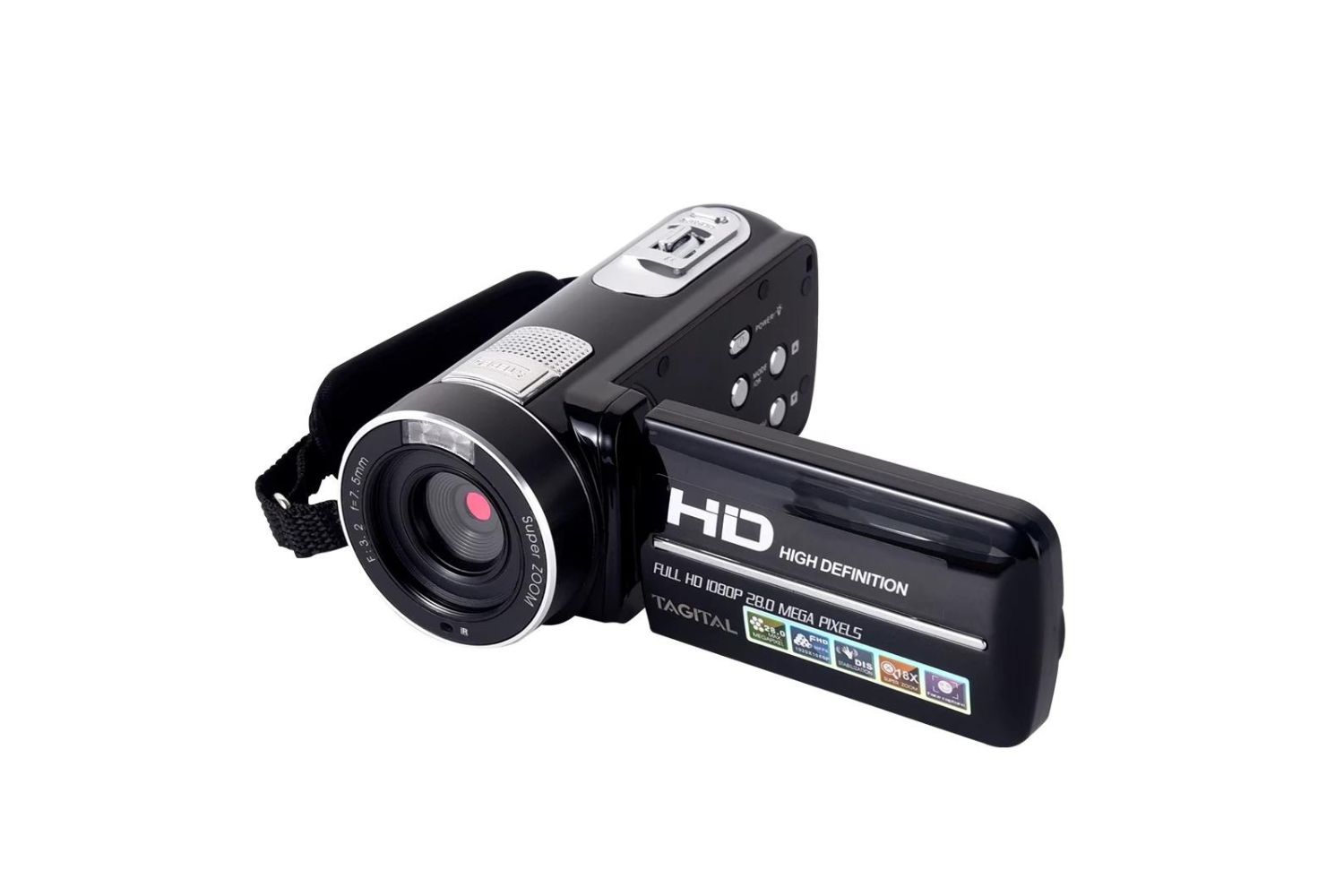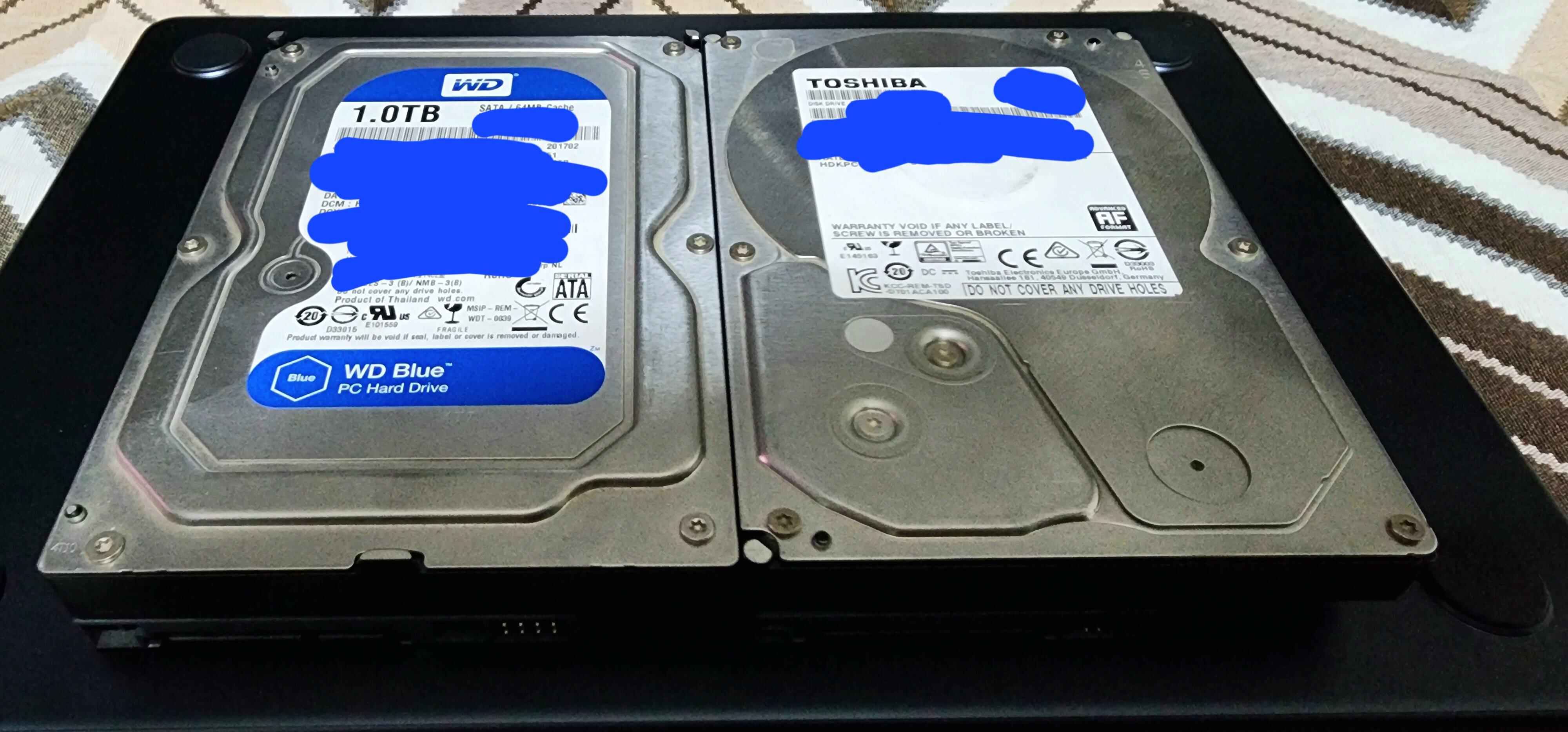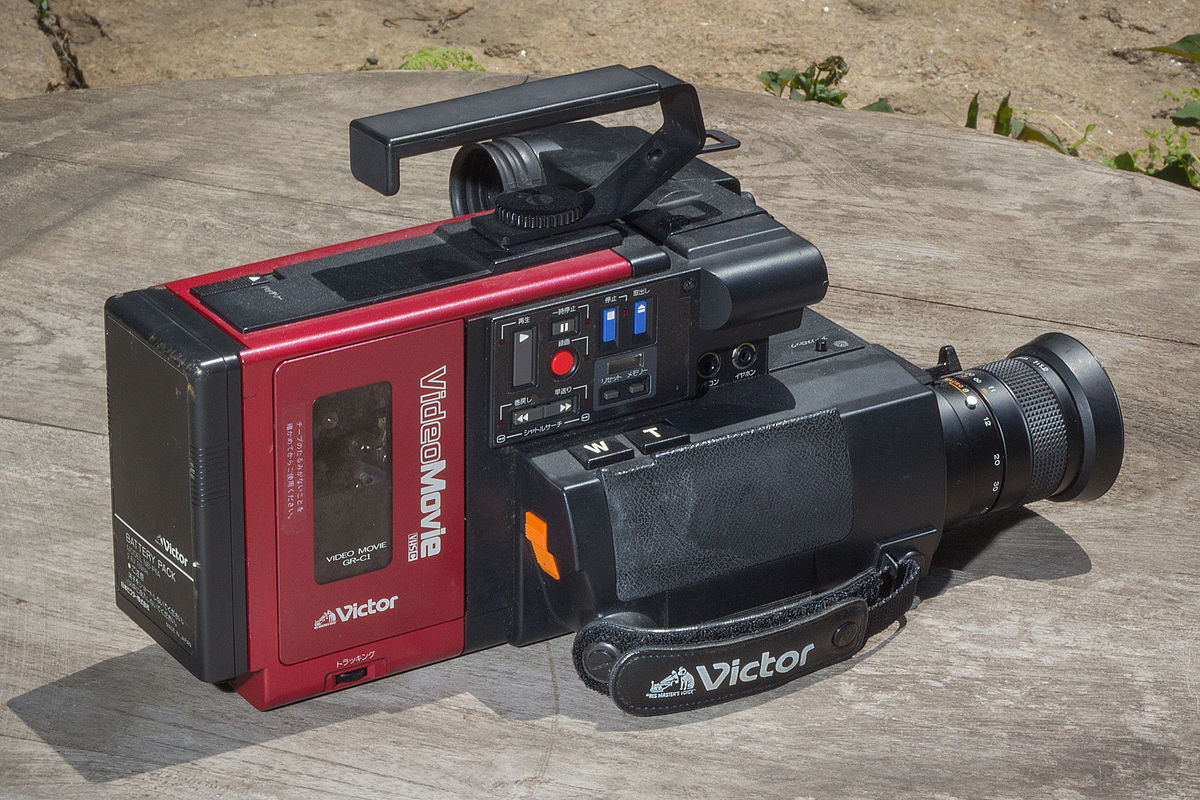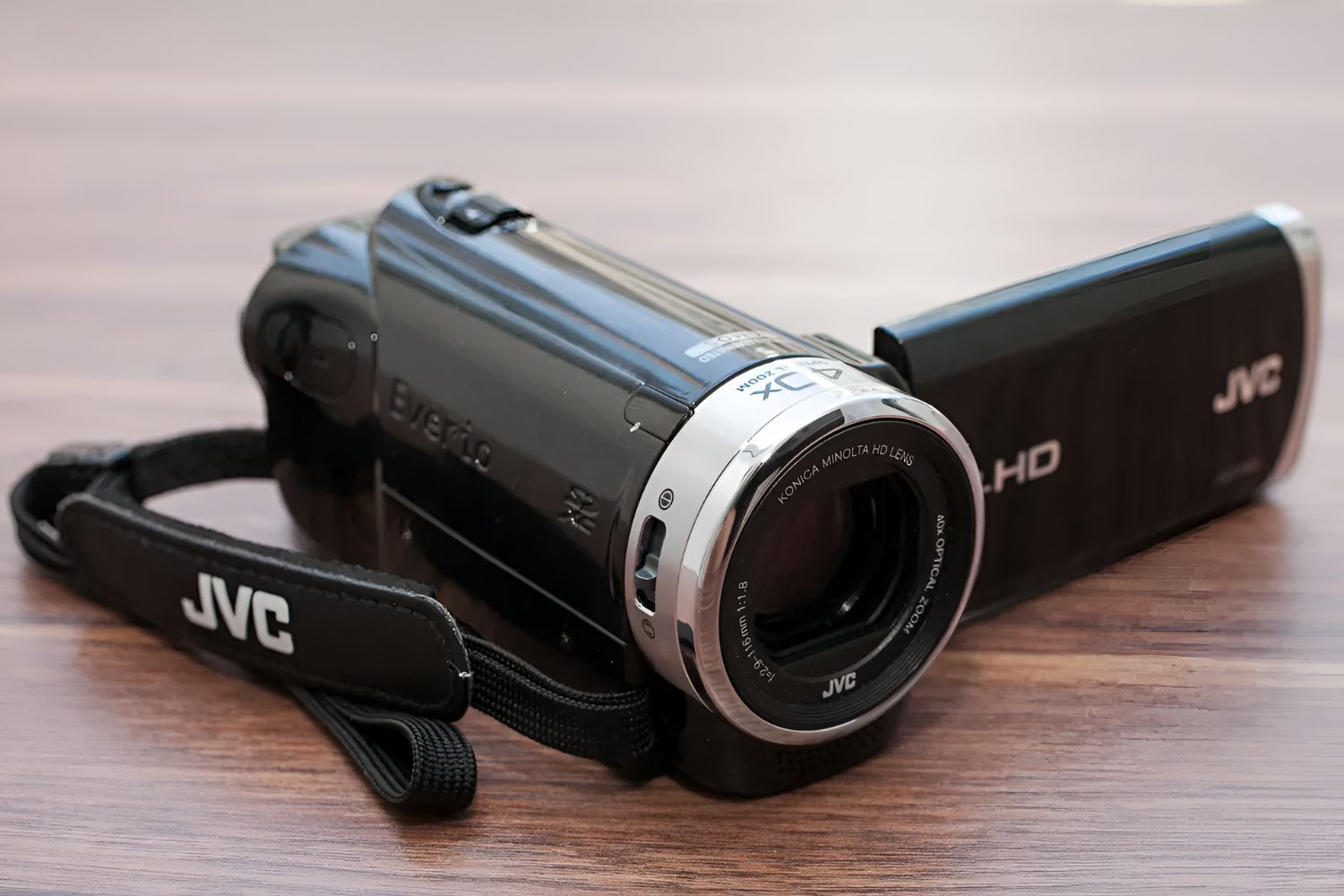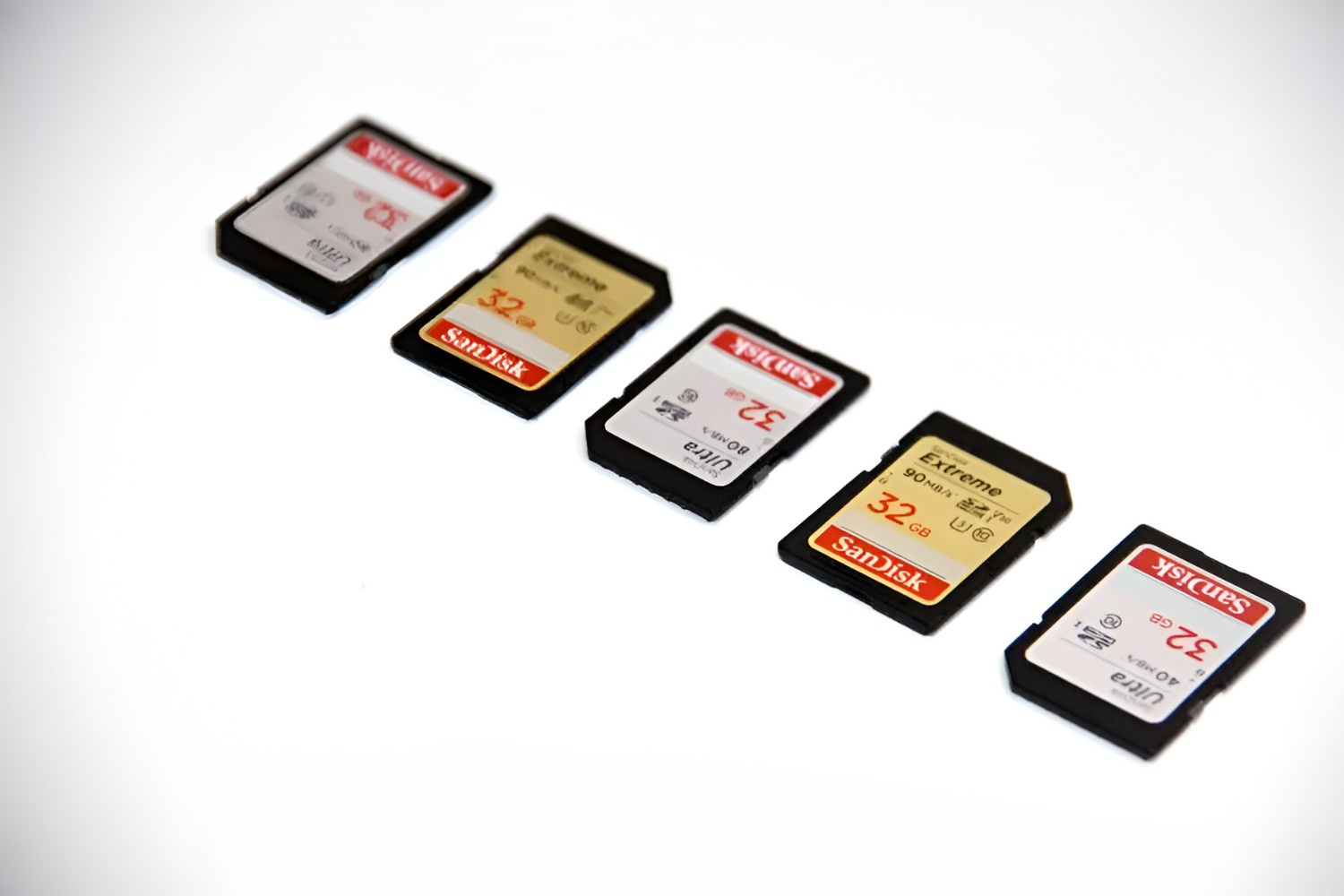Introduction
Welcome to the world of videography, where every frame tells a story and every second of footage captures a moment in time. As a videographer, whether amateur or professional, you understand the importance of capturing high-quality footage without sacrificing storage space. This article will guide you through the process of reducing file size when recording on a camcorder, empowering you to optimize storage efficiency without compromising the visual integrity of your videos.
In the digital age, where high-definition content is the norm, managing file sizes is crucial. By implementing the strategies outlined in this guide, you can strike a balance between preserving the visual fidelity of your recordings and minimizing the storage space required to store them. From choosing the right recording format to utilizing compression techniques, each aspect plays a vital role in achieving optimal file size reduction.
Whether you're documenting life's precious moments, creating compelling visual content for your audience, or capturing professional footage for commercial purposes, the ability to manage file sizes effectively is a valuable skill. This article aims to equip you with the knowledge and techniques necessary to achieve this goal, ensuring that your recordings are both visually stunning and efficiently stored.
Throughout this guide, we will explore the intricacies of recording formats, video resolution, frame rates, and compression methods. Additionally, we will delve into the importance of removing unnecessary footage, a practice that not only reduces file size but also streamlines the editing process.
Join us as we embark on a journey to optimize your camcorder recordings, making every frame count while conserving valuable storage space. By the end of this article, you will possess the expertise to capture breathtaking footage without overwhelming your storage devices. Let's dive into the world of file size reduction and unleash the full potential of your camcorder recordings.
Choosing the Right Recording Format
When recording on a camcorder, the choice of recording format significantly impacts the resulting file size. Different recording formats utilize varying levels of compression and encoding methods, directly influencing the size of the video files. Understanding the available recording formats and their implications is essential for efficiently managing file sizes without compromising video quality.
One of the most commonly used recording formats is MP4, renowned for its balance between video quality and file size efficiency. MP4 employs advanced compression algorithms, such as H.264 or H.265, to maintain high visual fidelity while minimizing file size. This makes it an ideal choice for capturing high-definition footage without consuming excessive storage space.
For those prioritizing utmost quality and flexibility in post-production, recording in a format such as MOV or AVI may be preferable. These formats offer less aggressive compression, resulting in larger file sizes but preserving intricate details and color information. While these formats excel in retaining visual integrity, they necessitate a trade-off in storage space efficiency.
Furthermore, some camcorders provide proprietary recording formats optimized for their specific hardware and features. While these formats may offer unique capabilities, it’s essential to consider their compatibility with editing software and the potential limitations in file size reduction.
As technology continues to advance, newer recording formats such as HEVC (High-Efficiency Video Coding) or VP9 are gaining prominence. These formats leverage more efficient compression techniques, allowing for superior file size reduction without compromising visual quality. However, it’s crucial to ensure compatibility with playback devices and editing software when opting for these cutting-edge formats.
By carefully selecting the appropriate recording format based on your specific requirements, you can effectively manage file sizes while preserving the visual integrity of your recordings. Whether aiming for optimal storage efficiency or uncompromising video quality, the choice of recording format plays a pivotal role in achieving the desired balance.
Adjusting Video Resolution and Frame Rate
Video resolution and frame rate are fundamental aspects of camcorder recordings, directly influencing both visual quality and file size. By understanding the impact of these parameters, you can effectively manage file sizes without sacrificing the overall viewing experience.
When aiming to reduce file sizes, adjusting the video resolution can yield significant results. Lowering the resolution, while maintaining visual clarity, results in smaller file sizes. For instance, if your intended viewing platform or audience does not require ultra-high definition, opting for 1080p instead of 4K resolution can substantially reduce file sizes without perceptible loss of quality.
Similarly, modifying the frame rate can contribute to file size reduction. While higher frame rates are beneficial for capturing smooth motion, they also lead to larger file sizes due to the increased amount of visual data. Adjusting the frame rate to match the intended viewing experience, such as utilizing 24fps for cinematic content or 30fps for standard video, can effectively manage file sizes without compromising visual appeal.
Furthermore, modern camcorders often offer variable bitrate settings, allowing you to fine-tune the compression level based on the complexity of the visual content. By adjusting the bitrate in accordance with the intricacy of the scenes being recorded, you can optimize file sizes while preserving essential visual details.
It’s important to consider the specific requirements of your project when making adjustments to video resolution and frame rate. For content intended for online streaming or mobile viewing, optimizing these parameters for efficient delivery is crucial. Conversely, projects aimed at theatrical screenings or high-fidelity presentations may necessitate higher resolutions and frame rates to uphold visual standards.
By strategically adjusting video resolution, frame rate, and bitrate settings, you can tailor the file sizes of your camcorder recordings to align with the intended viewing experience. This approach ensures that storage space is utilized efficiently without compromising the visual impact of your videos.
Using Compression Techniques
Compression techniques play a pivotal role in managing file sizes when recording on a camcorder. By employing efficient compression methods, you can reduce the storage footprint of your video files without perceptible degradation in visual quality. Understanding and harnessing these techniques is essential for optimizing storage efficiency while maintaining the integrity of your recordings.
One of the most widely utilized compression methods is the implementation of advanced video codecs such as H.264 (AVC) and H.265 (HEVC). These codecs utilize sophisticated algorithms to compress video data, resulting in smaller file sizes while retaining remarkable visual fidelity. By leveraging these codecs, you can achieve substantial file size reduction without compromising the overall viewing experience.
Furthermore, the utilization of audio codecs, such as AAC or MP3, contributes to overall file size reduction. Efficient audio compression ensures that the accompanying soundtracks consume minimal storage space while maintaining high-quality audio playback. This harmonious integration of video and audio compression techniques is pivotal in achieving optimal file size management.
Additionally, modern camcorders often feature built-in compression settings that enable you to tailor the compression level based on your specific requirements. These settings allow you to strike a balance between file size efficiency and visual quality, empowering you to customize the compression parameters to suit the demands of your project.
When employing compression techniques, it’s essential to consider the target platform or audience for your recordings. For content intended for online streaming or digital distribution, optimizing compression settings for efficient delivery is paramount. Conversely, projects aimed at high-fidelity presentations or archival purposes may warrant a more nuanced approach to compression, prioritizing visual integrity over strict file size reduction.
By adeptly utilizing compression techniques, you can effectively manage file sizes when recording on a camcorder, ensuring that storage space is utilized efficiently without compromising the visual and auditory allure of your videos.
Removing Unnecessary Footage
As you strive to reduce file sizes when recording on a camcorder, the practice of removing unnecessary footage emerges as a crucial strategy. By discerningly eliminating superfluous segments from your recordings, you can significantly trim down file sizes while streamlining the editing and post-production processes.
One approach to minimizing file sizes is to adopt a disciplined mindset during the recording process, capturing only essential footage that aligns with your creative vision. By consciously framing each shot and avoiding prolonged recordings of stagnant scenes, you can curate concise and impactful footage, inherently reducing the volume of data that needs to be stored.
Furthermore, during the post-production phase, meticulous editing plays a pivotal role in file size reduction. By identifying and excising redundant or non-essential segments, you can refine your footage into a lean, cohesive narrative, thereby optimizing storage efficiency without compromising the visual storytelling.
Moreover, leveraging non-linear editing software empowers you to trim, split, and seamlessly remove unwanted sections from your recordings. This approach not only reduces file sizes but also enhances the overall pacing and coherence of your videos, resulting in a more engaging viewing experience.
For projects involving extended recordings or continuous capture, implementing the “in-camera editing” technique can yield substantial file size reduction. This method involves pausing the recording during breaks or non-essential intervals, effectively segmenting the footage into discrete files. By avoiding prolonged, uninterrupted recordings, you can facilitate the identification and removal of unnecessary content, contributing to efficient file size management.
When embarking on the process of removing unnecessary footage, it’s essential to strike a balance between file size reduction and preserving the essential narrative and visual continuity of your recordings. While trimming excess footage is beneficial for storage efficiency, it’s imperative to retain the core essence and storytelling integrity of your videos.
By embracing the practice of discerning curation and precise editing, you can effectively manage file sizes when recording on a camcorder, ensuring that your storage space is allocated judiciously while upholding the impactful essence of your visual narratives.
Conclusion
As a videographer, the art of reducing file sizes when recording on a camcorder is a multifaceted endeavor that intertwines technical knowledge with creative acumen. Throughout this exploration, we have delved into the pivotal strategies for optimizing storage efficiency without compromising the visual integrity of your recordings.
From the crucial decisions surrounding recording formats to the nuanced adjustments of video resolution and frame rates, every aspect of the recording process plays a vital role in managing file sizes effectively. By carefully selecting the appropriate recording format and fine-tuning resolution and frame rates, you can tailor the file sizes of your recordings to align with the intended viewing experience, ensuring that storage space is utilized judiciously.
Furthermore, the adept utilization of compression techniques and the practice of removing unnecessary footage are indispensable in achieving optimal file size reduction. By leveraging advanced video and audio codecs, as well as discerningly curating and editing your footage, you can streamline your recordings into lean, impactful narratives while conserving valuable storage space.
As you continue your journey in the realm of videography, armed with the insights and techniques elucidated in this guide, you possess the expertise to capture breathtaking footage without overwhelming your storage devices. The harmonious fusion of technical proficiency and creative vision empowers you to optimize file sizes without sacrificing the visual allure and narrative essence of your videos.
In the ever-evolving landscape of digital content creation, the ability to manage file sizes effectively is a valuable skill that enhances both the practicality and artistic merit of your recordings. Whether you’re documenting life’s precious moments, creating compelling visual content for your audience, or capturing professional footage for commercial purposes, the strategies outlined in this guide equip you with the knowledge and techniques necessary to achieve optimal file size reduction.
Embrace the art of efficient file size management as an integral facet of your videography endeavors, and let your recordings resonate with impact while conserving valuable storage space. By navigating the intricacies of recording formats, resolution adjustments, compression techniques, and meticulous curation, you can unleash the full potential of your camcorder recordings, ensuring that every frame captivates without overwhelming your storage infrastructure.









